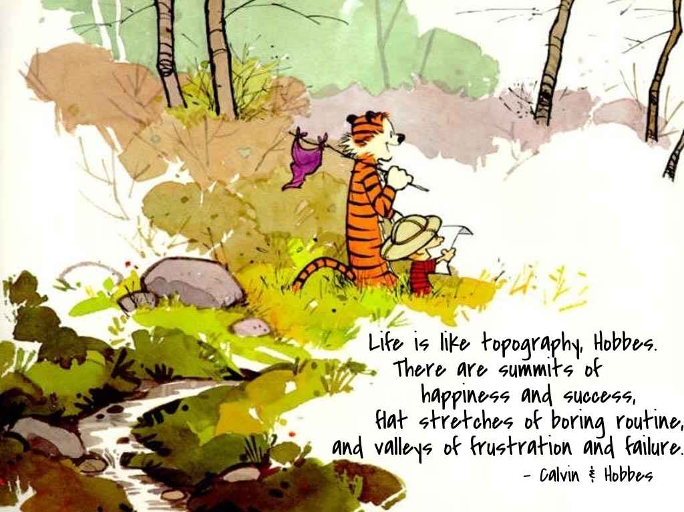
According to health studies some of the most common eye problems include cataracts, keratoconus, macular degeneration, glaucoma, and refractive errors.
Despite the scientifically observed peeper problems, you don’t have to suffer from any kind of vision impairment or be blind as a bat to understand we don’t all see things the same way. That life is blurry for some, clear for others, appears distant, or is close enough to trip over. 20/20 vision is the ‘ocular Everest’, and even when we have it, most of us are still 20/20 blind.
Optically challenged we turn a blind eye to alternative observations and disparate perceptions. We eyeball the notion that our own cognitive ruts support safe conclusions and the preservation of status quo. When blindsided by someone else’s flipside we catch a glimpse of our hesitation or resentment. Where fringe pushes fear and ‘different’ is instinctively notched up to ‘dumb’.
When locked in the cycle of speaking, looking, and listening; we voluntarily triage ourselves out way before listening, and briefly after looking. As we escape the range of additional optical outcomes and cognitive considerations, we dim our line of sight, increase our blind spot and set our sights on scarcity.
No amount of ‘visually rectifying’ legumes or leafy greens can sharpen our vision or soften our standpoint. Life becomes a landscape of statically joined dots. Dots which become dramas of vexed viewpoints and the dichotomy of dogma. A battleground for bias. Our unshakable tunnel vision impedes cognitive collaboration and constructive conversation, resulting in a network of dots connected by lines, defined by the beholder, and defended behind a blindfold.
A peeper prescription for premature and uncompromising cognitive connections extends beyond the mainstream optical approaches of laser eye surgery, contact lenses and multifocals. Real time optometry provides no resolution for ‘ocular disconnect’ or ‘cognitive cataracts’. If, “It’s not what you look at that matters, but rather what you see” (Thoreau), then our ‘retina re-vision’ necessitates an optical nerve rewiring. An expedition to the cerebral centres of our individual and collective agility, resilience, and appreciation.
Getting clear-eyed on our convictions involves conscious clarity around:
- Optical Agility – A peripheral vision test, designed to assess your willingness to consider, move through, explore, catch a glimpse of, and more daringly sway or switch your personal standpoint to accommodate a varied vista.
- Optical Resilience – Alternative perception is not personal. Zoom in on your values, be ready to test and apply them, and to bounce back when you take a knock.
- Optical Fortitude – Obtaining the Ocular Everest isn’t for the faint hearted. Conditions can change in the blink of an eye. It takes courage, commitment, and endurance to look beyond the horizon.
- Optical Appreciation – Designer brands and seasonal trends need not set the benchmark for accepted frames of vision. Last season’s range is not relegated to redundant. One size rarely fits all and whilst polarized is mostly excellent, you’ll be caught out when it’s dark. Optical appreciation affirms the appeal of the alternative. It legitimizes contrast, fosters compassion, curiosity and a catwalk of connection.
Such bright-eyed boldness invites humility, tolerance, empathy and acceptance. It opens ears, eyes and hearts. And if, “There is only one way to look at things, until someone shows you with different eyes” (Picasso), see your optometrist regularly to check your prescription/ perception.


Great … love it! … will, from now on, always be reminded of especially the last paragraph when I visit an optometrist 😃😘
🙂 🙂